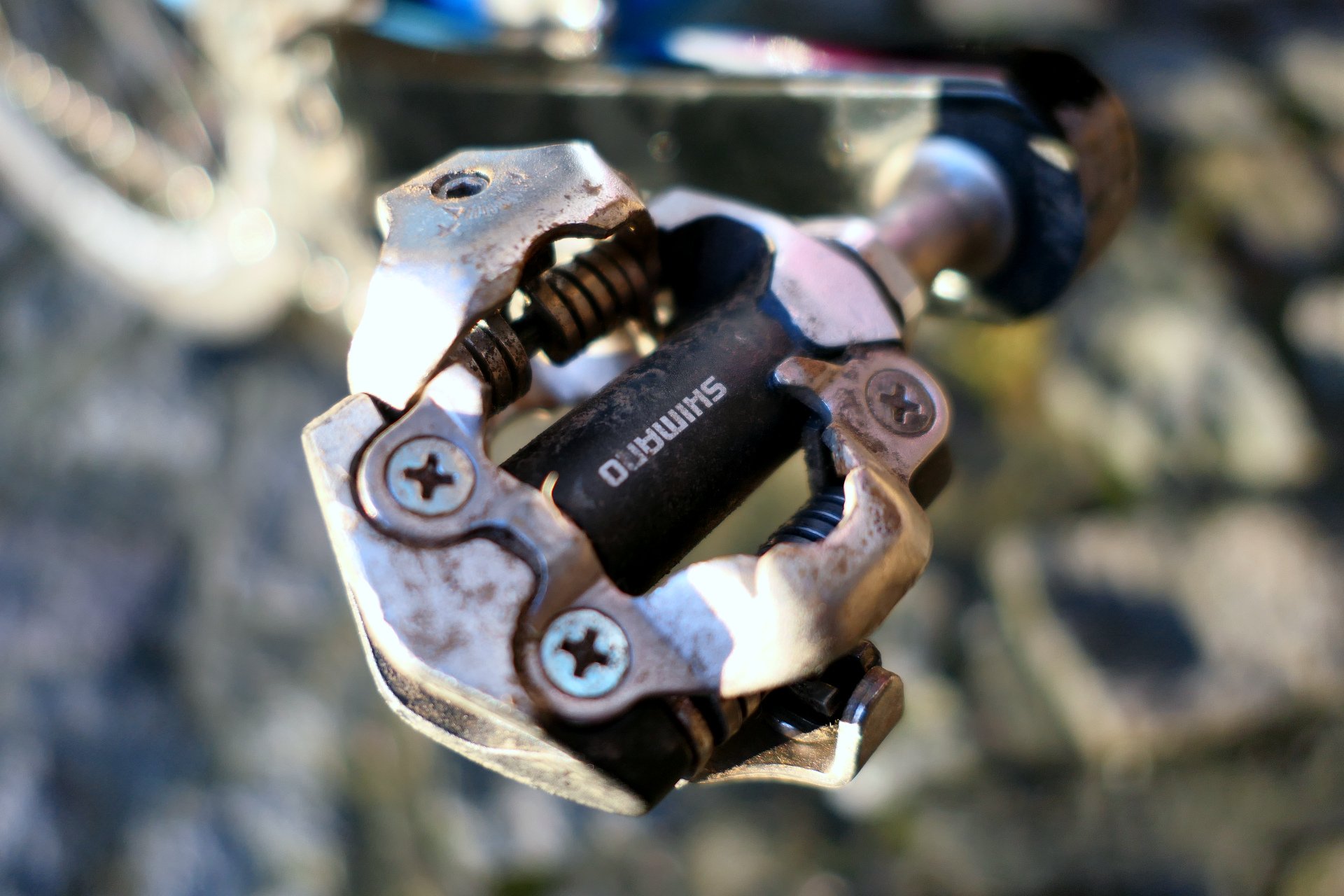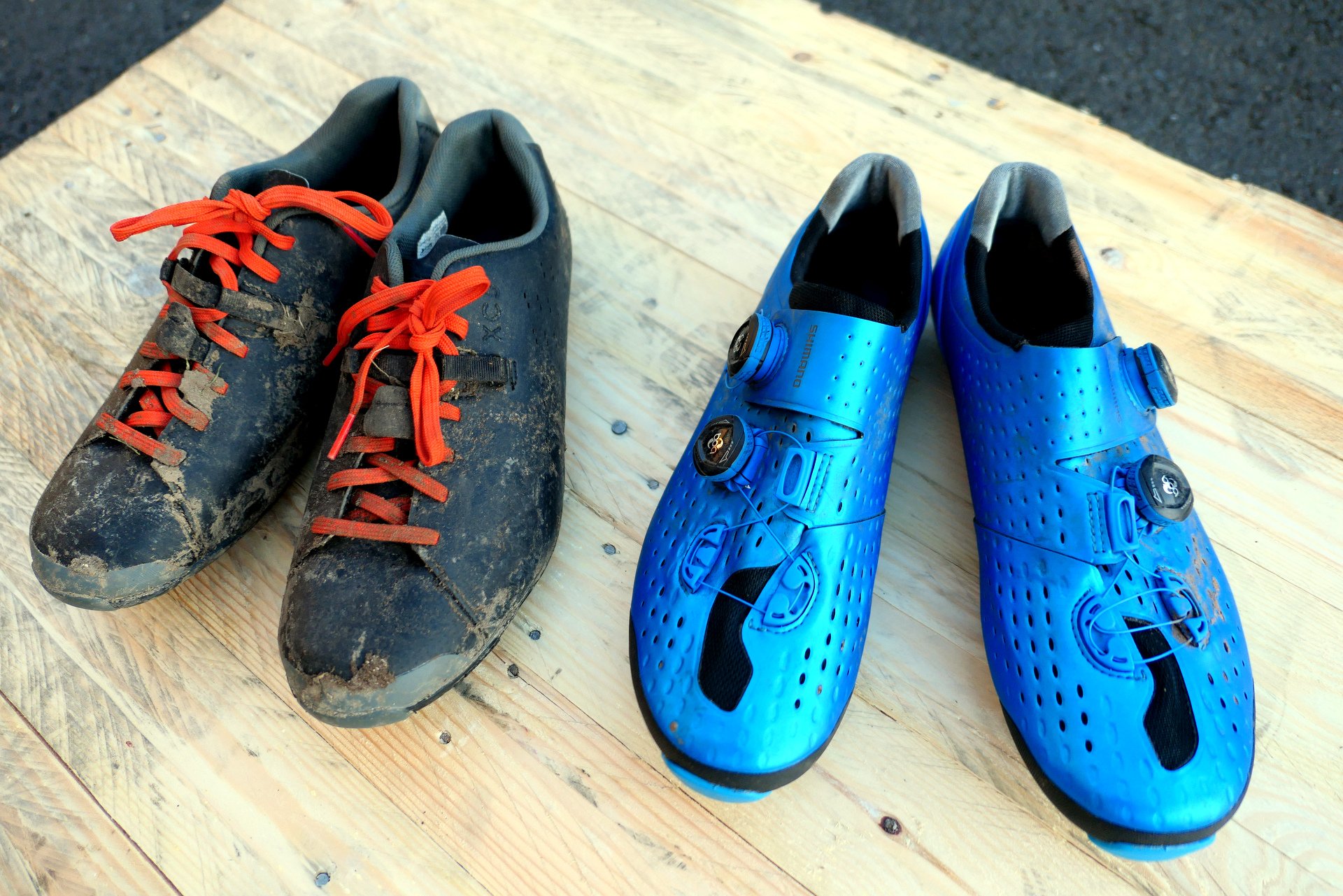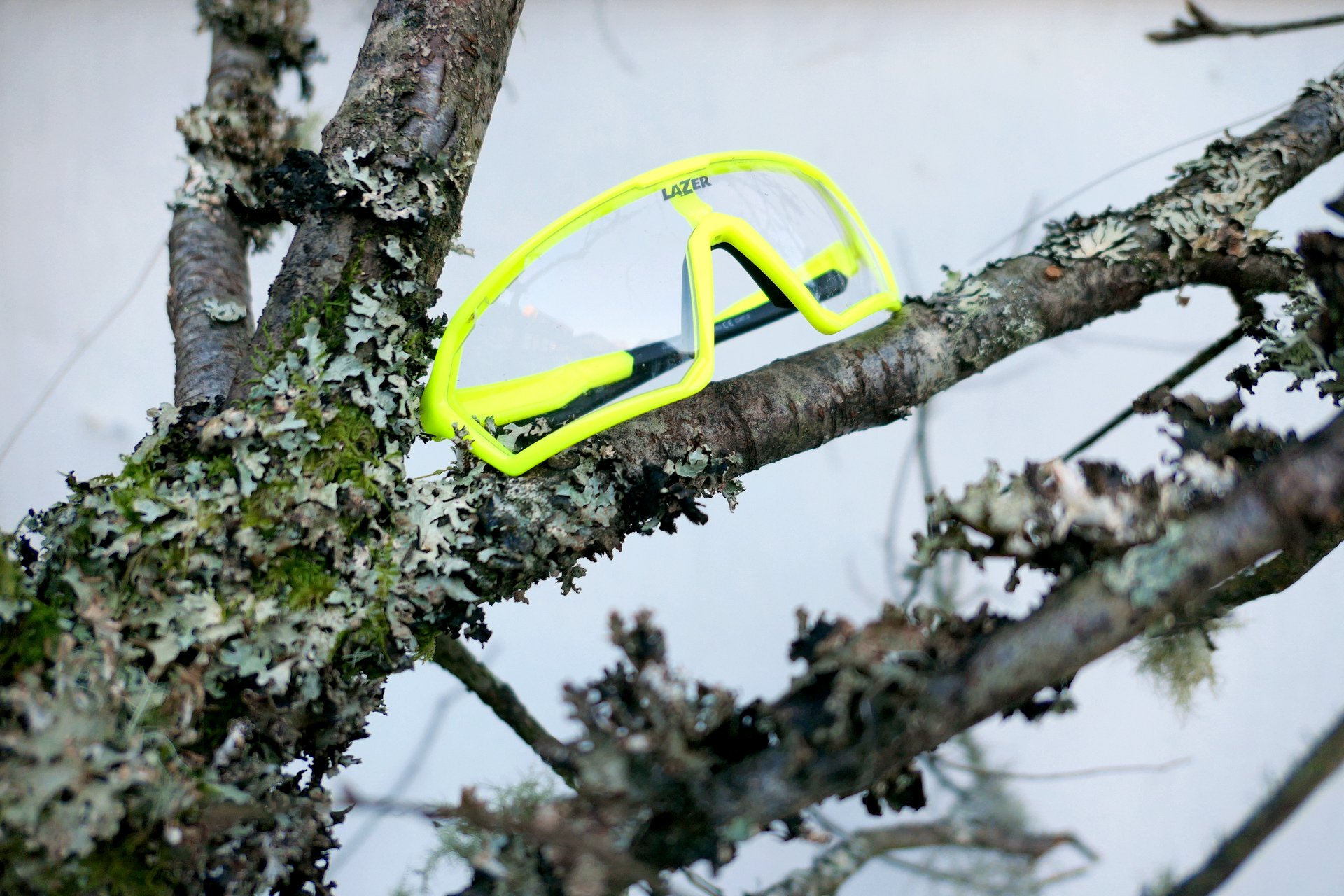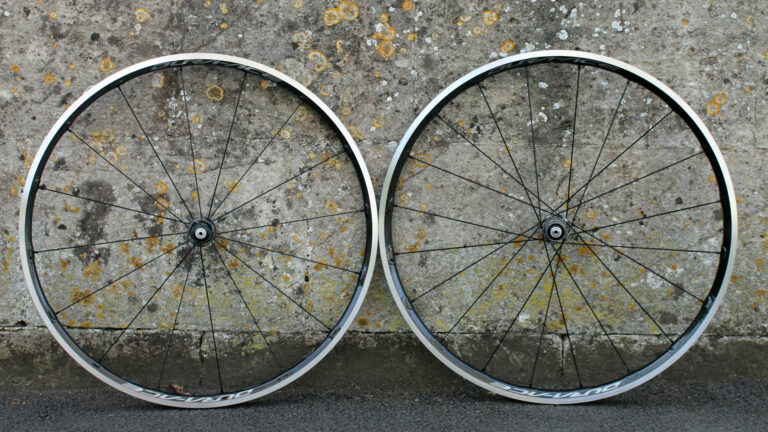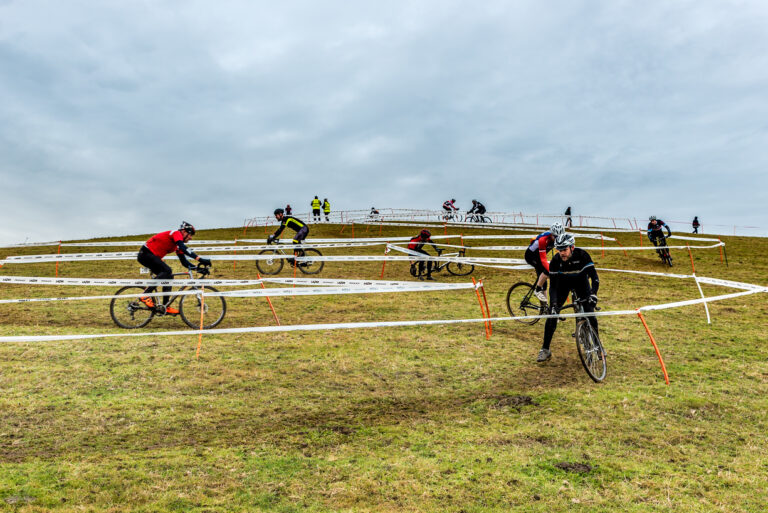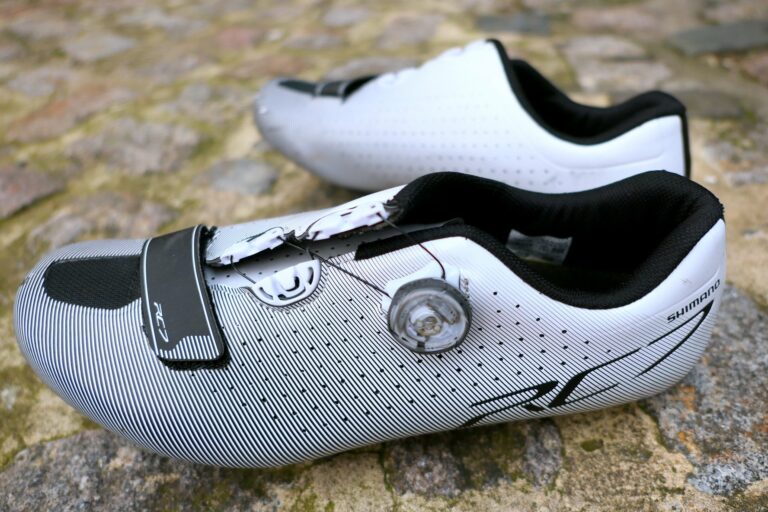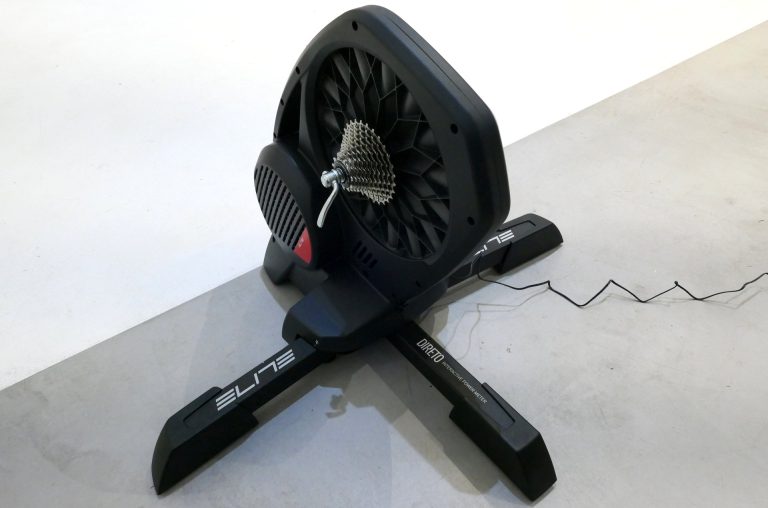What with the Christmas break, there’s not been much cyclo-cross racing since my last outing at Ford Manor Farm. I’ve entered the penultimate round of the London Cyclo-Cross League this weekend but, before that, I thought I’d use the start of the new year to run you through some of my kit choices.
It’s pretty easy to start cyclo-cross racing. The main thing you need is a bike – obviously – and most local league races will permit mountain bikes, so you don’t even need a dedicated cyclo-cross machine to get going. A hardtail mountain bike will work, and I’ve seen someone on a full-suspension MTB, but needless to say, a cyclo-cross bike is best suited to the demands of CX racing. If you haven’t yet seen the Ridley X-Night Disc I’m riding, make sure you take a look.
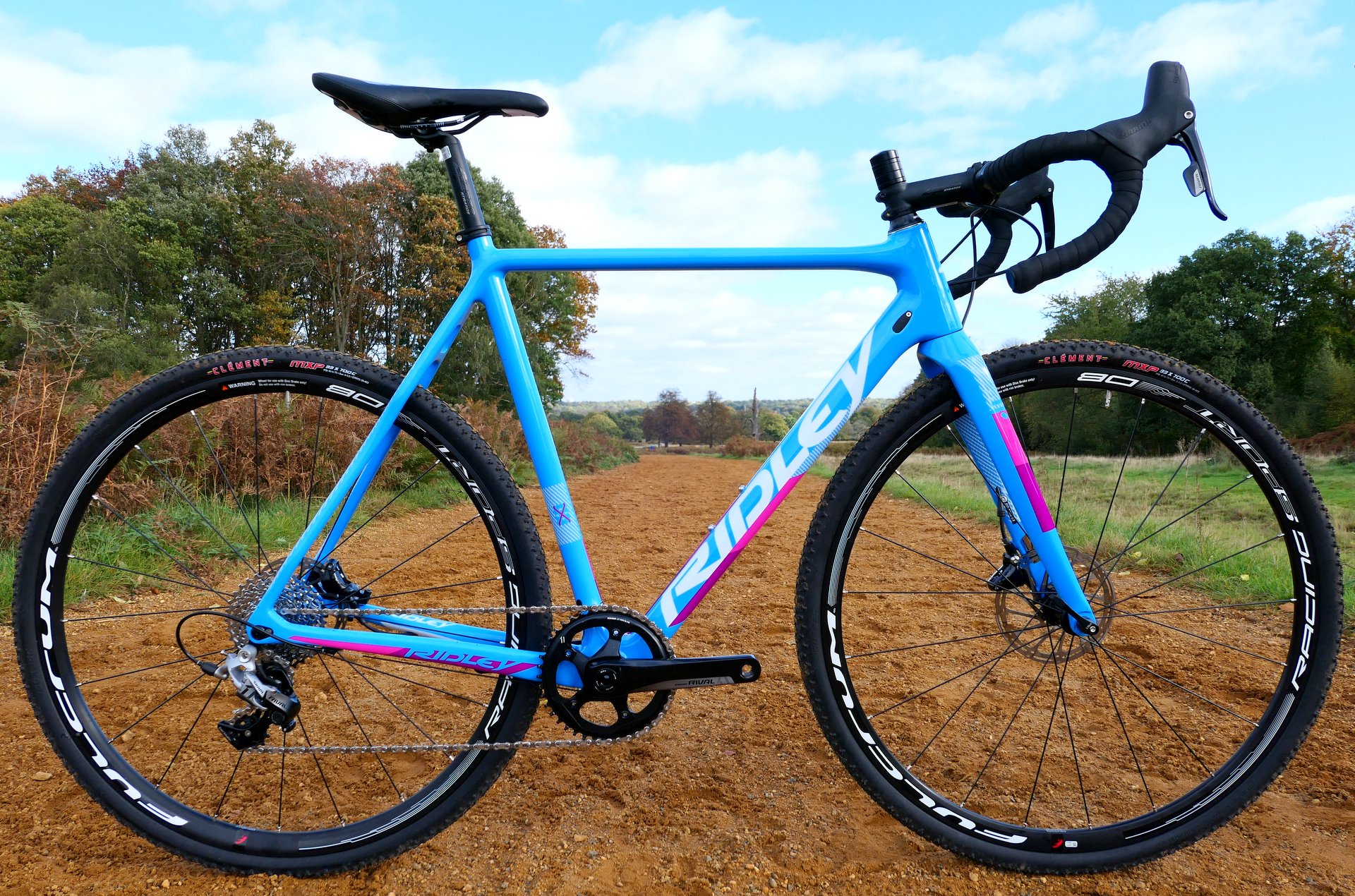
[series]
Shimano Deore XT M8000 SPD pedals
Besides a suitable bike, the main thing road riders making the switch to cyclo-cross will need is a set of mountain bike pedals. Why not just use your road pedals? Put simply, both the pedal and cleat will quickly get clogged in mud.
There’s no shortage of mud in cyclo-cross races – it is a winter sport, after all – and even courses that start the day green will quickly get churned up by knobbly tyres unless it’s bone dry out there. SPD pedals are designed to shed mud and the simplified cleat mechanism works far better in sticky conditions. Also, unlike most road pedals, SPDs are double-sided so it’s easier to clip-in quickly.
